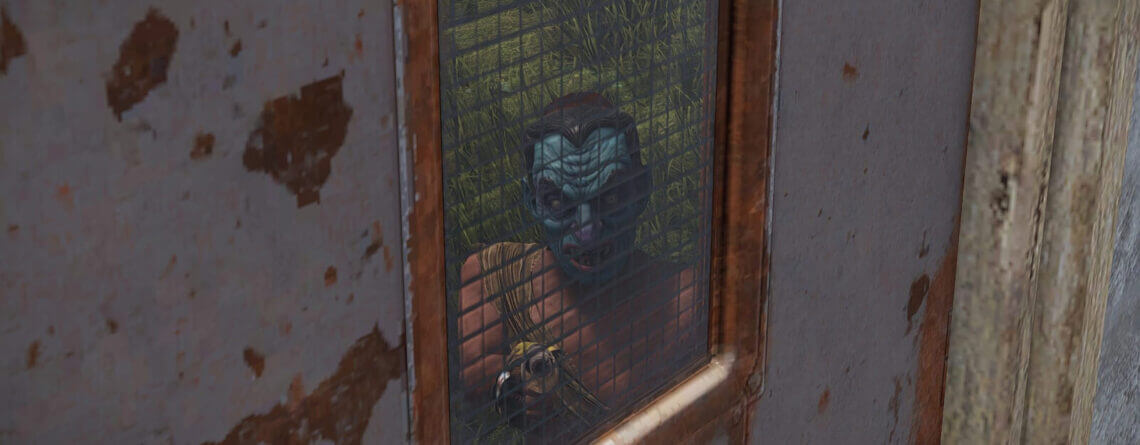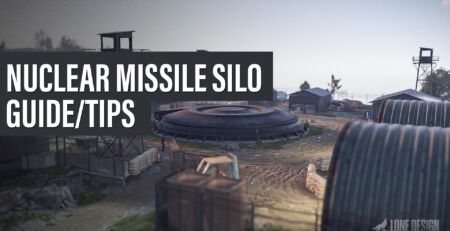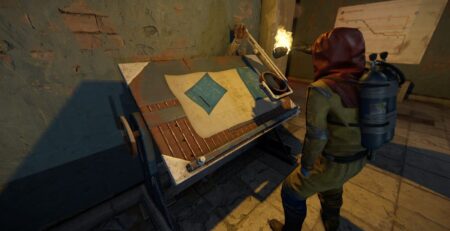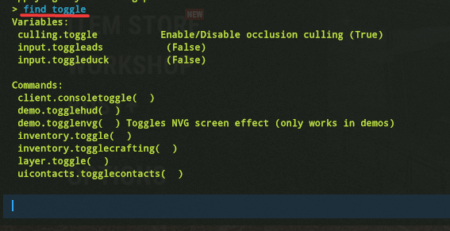What is Griefing In RUST – How to Eliminate It
Introduction to Griefing in Rust
Griefing in Rust is an unfortunate reality that can significantly hamper the gameplay experience. It’s a tactic used by certain players to cause annoyance, frustration, or outright ruin the gaming experience for others. This article dives into the realm of griefing, its motivations, preventive measures, and some recovery tactics to reclaim your property, and at best, your dignity.
What is Griefing in Rust Mean?
Griefing in Rust entails various actions aimed at disrupting a player’s ability to engage in normal gameplay. The magnitude of such actions can range from mildly annoying to severely obstructive.
Common griefing tactics include but are not limited to:
- Base Take-Over: Some griefers might destroy a door to take over a house, sometimes even ransoming the code back to the original owner.
- Expansion Blocking: Placing tool cupboards around a player’s base to prevent them from expanding or rebuilding their base.
- Building Around a Base: Griefers might build structures around your base in hopes that you’ll vacate the area or find it difficult to gather resources.
- Sealing Entrances Post-Raid: After raiding a base, a griefer might seal off entrances to make the base inaccessible to the original owner.
- Destruction of Essential Infrastructure: Destroying the only stairwell in a base and sealing it off, making many sections of the base inaccessible.
- Misdirection: Misleading players about the ownership of a base to divert a raid to another player.
- Laying Traps: Surrounding a player’s base with auto-turrets to trap them inside or using other forms of traps to cause inconvenience or death.
- Door Camping: A simple but effective method of harassment just by waiting outside of a victim’s door waiting for them to come out to then be shot.
- Deployable Removal: Either entirely destroying a player’s deployables such as large furnaces, refineries, and more as well as stealing helicopters/horses/etc.
- Xmas Lights Spam: Quite a unique one created by ekostik where you essentially spam the Xmas lights mechanic through people’s base to make visibility annoying.
- Stream Sniping: Players who watch someone stream, find out what server they’re on, and use that to their advantage to annoy, kill, or otherwise impact the streamer’s abilities to play the game normally.
Sigbog on YouTube features several different methods on how griefing works, tips and tricks, item costs, and more!
These actions extend beyond the usual player versus player (PvP) encounters and venture into gameplay sabotage, aimed at creating a frustrating experience for the victims.
Why do Players Grief in Rust?
The motives behind griefing can be as varied as the Rust player base itself. However, common motivations include:
- Trolling: Some derive pleasure from causing anguish to others with no apparent reason.
- Revenge: A player might feel slighted from previous encounters and decide to exact revenge through griefing.
- Territorial Dominance: Players living too close may be seen as threats, and griefing acts as a form of asserting territorial control.
How to Prevent Griefing in Rust
Preventing griefing can be challenging but not impossible. Here are some strategies, also mentioned in our Beginner Rust Tips article:
- Maintain a Low Profile: Avoid instigating conflicts or engaging in banter that could trigger hostile reactions.
- Forge Alliances: Forming alliances with neighbors can provide an extra layer of security as they can watch over your base in your absence.
- Defensive Building: Design your base with defense in mind. Incorporate multiple exits, and internal attack points, and utilize defensive turrets. Also, consider having an external hideaway with extra gear and sleeping bags for emergencies.
Recovering from Griefing
Recovery can be tough but not impossible. Here are some steps you could consider:
- Communication: Though rare, amicable communication can sometimes convince the griefer to undo the damage. It’s a long shot but worth a try.
- Relocation: Assess the extent of the damage and consider relocating if the time and resources required for recovery are too great.
- Destruction and Reclamation: If determined to reclaim your base, consider employing creative destruction techniques to remove the griefing structures. For instance, a recent trick shared by Sigbog on YouTube, called Gabe’s shotgun trap trick, allows for the efficient destruction of an exterior tool cupboard, enabling you to reclaim your base.
Conclusion
Griefing is a harsh reality in Rust, driven by various motivations. However, through careful gameplay, strategic alliances, and clever recovery tactics, it’s possible to mitigate the impact of griefing and continue enjoying the game. Remember, every challenge in Rust is an opportunity for learning and devising new strategies to thrive in the ruthless environment of the game.






